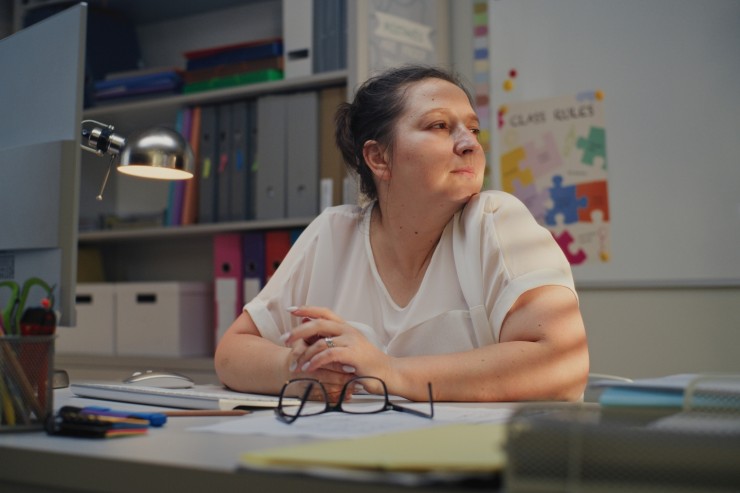Conducted every 5 to 6 years, TALIS produces internationally comparable data about teachers and teaching.
It encourages teachers and principals to share their opinion on a range of issues. This data is used by governments, professional associations and think tanks to support policy development and research.
TALIS addresses 5 policy areas
Teachers’ learning and development
- Initial teacher education
- Continuing professional learning
Occupational perceptions
- Job satisfaction, occupational wellbeing, and perceived value of teaching
- Teacher self-efficacy
Teachers’ work practices
- Teaching practices
- Professional practices
Institutional environments for teaching
- School leadership
- School climate

Teacher, principal, and school characteristics
- Diversity and equity
- Educational use of technology
- Social and emotional learning of students
- Environmental sustainability education
Results from the 2024 Teaching and Learning International Survey were released at 1pm AEDT, Tuesday 7 October 2025.
View TALIS reports and dataTeaching experience

Australian teachers who worked in schools with more than 10% of students with special learning needs


Lower secondary teachers’ sources of stress
Too much
administrative work

OECD average is 52%
Too much marking

OECD average is 40%
Keeping up with curriculum
and program changes

OECD average is 34%
Maintaining classroom
discipline

OECD average is 45%
Lower secondary teachers’ use of AI in the classroom

Australian teachers who worked in schools with more than 10% of students with special learning needs


Primary teachers' sources of stress
Too much
administrative work

Too much marking

Keeping up with curriculum
and program changes

Maintaining classroom
discipline

Primary teachers’ use of AI in the classroom

-
TALIS: A powerful voice for educators in shaping reform
Teachers and principals will influence hundreds if not thousands of lives over the course of a long career. The Teaching and Learning International Survey (TALIS) is key to improving their working lives for a positive impact on learning.

-
TALIS reveals insights into teacher wellbeing, job satisfaction and future opportunities
The Australian results from the OECD’s Teaching and Learning International Survey (TALIS) provide new insights into the experiences of teachers and school leaders, highlighting both areas of strength and opportunities to better support the profession.


